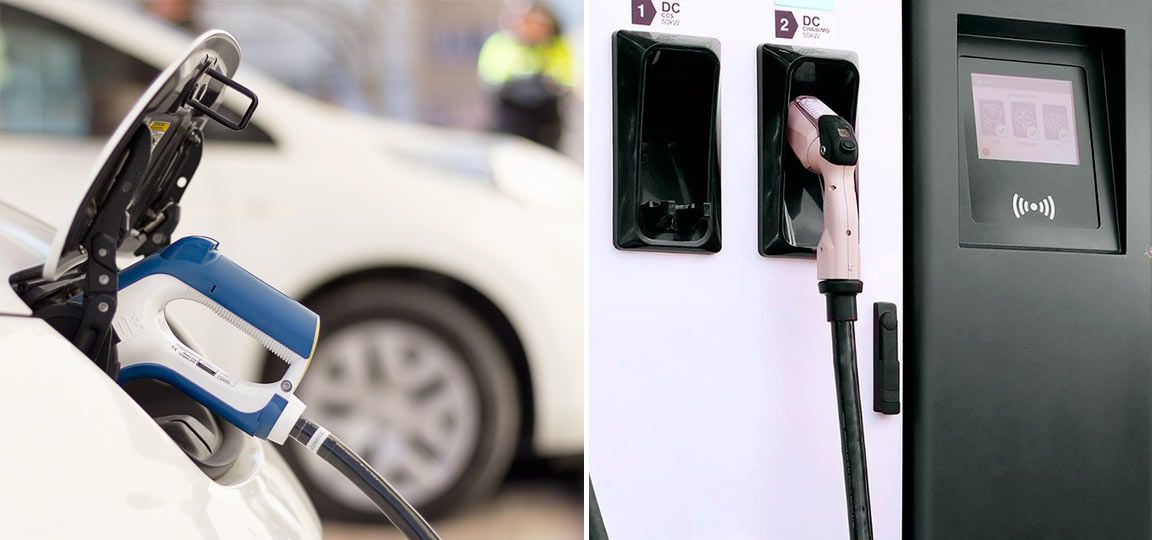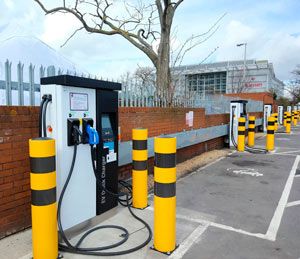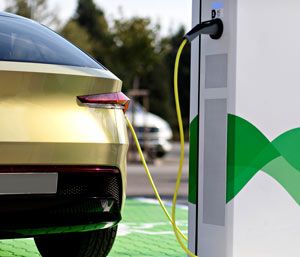
We believe that this is a radical change in mobility, but really the first electric cars already appeared in the early nineteenth century (1832/1839). At the time there were already rumours about cars that made no sound and emitted no smell (in the same way combustion cars would have been at the time) and there was already talk of the importance of autonomy. At the beginning of the 20th century these cars evolved to be able to travel distances greater than 100 miles.

However, at the same time Colonel Drake appeared on the scene with his oil wells in the United States, and also Henry Ford with his Ford T, the first combustion car made on an assembly line, and the first great battle between the electric car and the combustion car was won by the latter.
But now, in the 21st century, the situation is very different. The problem with fossil fuels, worldwide legislation promoting electric mobility (Europe has implemented “aggressive” regulations to reduce the greenhouse effect in order to comply with the Paris Climate Agreement) and, above all, the serious problems associated with pollution worldwide, make the electric vehicle a key element in the transformation of society towards a more responsible attitude and awareness of environmental issues.
When thinking of potential future users of electric vehicles, there are two major concerns: firstly, the cost of an EV and secondly, the availability of charging points on public roads, known as emergency recharging.
Recently, Erik Jonnaert, the secretary general of ACEA, (European Association of Automobile Manufacturers) published an article in which he explained that the automobile sector is experiencing one of the greatest periods of transformation in its history, which will mean that “in three years’ time, an electric car will cost a similar amount to a conventional car.”

Regarding the availability of charging points on public roads, an article has been published, which refers to the fact that there are currently 100,000 charging points in the European Union and it is expected that by 2025 this figure will multiply by 20 until it achieves 2 million stations.
To contribute towards achieving this objective, Circutor, a Spanish company and pioneer at a European level, has been working over the last ten years to offer recharging solutions for each of the requirements that electric vehicle users may have, both on public roads with direct current equipment (rapid charge), as well as in private use (linked charge) with alternating current equipment (slow charge).
This is a slower charge, using alternating current (from 3.7 kW to 22 kW Circutor eHome and eNext models), which connects to you car’s parking space. The main objective of this way of charging is to take advantage of the night-time hours when most people have their car parked, charging it in 6 to 8 hours, during which time the power required can be released from our home at night and can be obtained at a very low-cost electricity rate.

On public roads there are two types of solutions, the semi-rapid one which can be found in shopping centres and hotels. This would use an alternating current recharge with a maximum power of 22 kW (URBAN model by Circutor).
The second solution is the faster one and is designed for service stations that offer electric recharging, these are known as electricity stations. For these, recharging is carried out with direct current (50/150 kW Circutor's Raption Model), and the time required must be as short as possible, not more than 30 minutes.

The combination and implementation of the different recharging types begin to guarantee the user the ability to travel in Electric Vehicles with the same promise of autonomy that combustion vehicles offer today, but while enjoying a whole new driving experience, and most importantly respecting the environment and building a sustainable future for the generations to come.
The imminent deployment of charging points, in combination with commitments from large automobile manufacturers as well as growing public awareness, leave no doubt in our minds and allow us to vouch wholeheartedly that the Electric Vehicle is not a passing fashion or trend, but it is a reality and a global commitment, which will radically change, and is already changing, our current mobility model.


WRITTEN BY CIRCUTOR